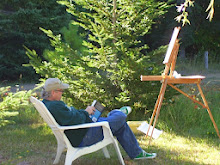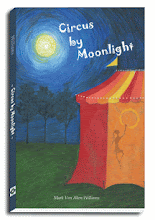As the title indicates, this is not about the rules of flipping the bird. Entire books could be written about that topic. No-- this is about a rural phenomena. It consists of having at least one hand at the top of your steering wheel and when someone comes toward you in the opposite direction, you casually lift one finger as a wave. This is when the other person will also lift their finger, or not.
Coming from a typical suburban neighborhood, near a major mid-western city, I was not inculcated to the exact rules. This practice does not exist in any form in this environment. But also having spent all my summers on an island off the upper peninsula of Michigan, I was somewhat accustomed to the practice. When I started driving, it was time for me to put theory into practice. The problem was that the rules were vague and had to be learned through trial and error.
To date, I am still uncertain about the rules.
Now, if it is someone you definitely know is coming at you, this is good time to give the wave. If they don’t respond, either they are preoccupied or they just don’t like you. At one point I thought that I would just do it to everybody, as if I were actually a local. The percentage of response was low. Drat!
Sometimes when someone you do not know does give the wave back, that person is either not sure of the rules themselves, or is simply polite. I would love to hear what they are saying to each other (if there are two people in the car), or maybe not. It might not be flattering. You have to remember that even if you have lived in a place for a time, unless you were born there, you will always be an outsider.
But I will not admit defeat. I love giving the wave. It makes me feel good, especially if I get a response. This is probably because, as a city person, deep down there is a need to connect to others. We all want that rural sense of belonging to a community.







